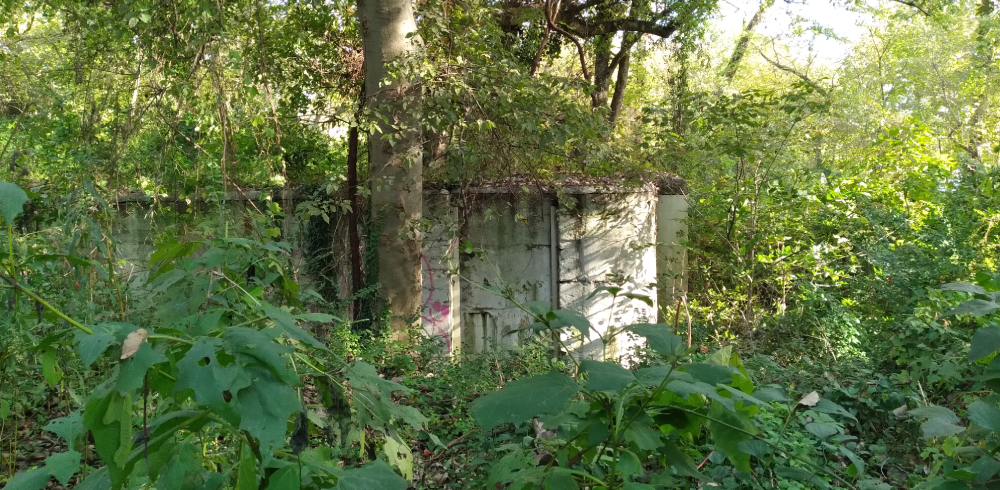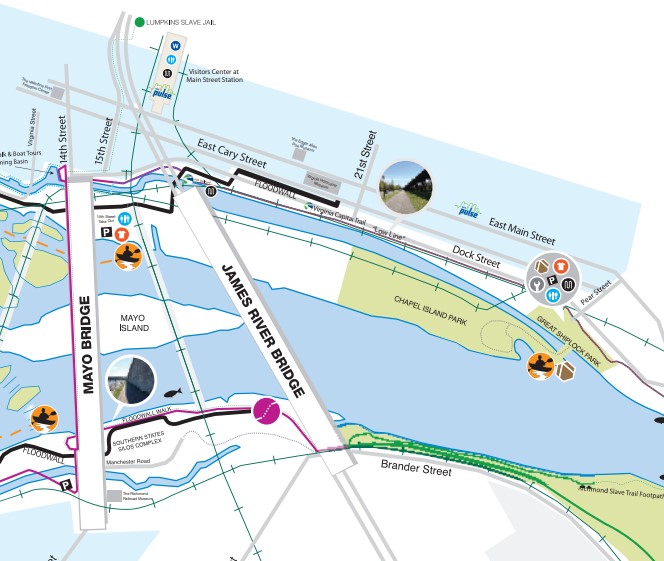What is Chapel Island?
Chapel Island is an 11 acre hidden gem of the James River Park System! It is located on the north bank, below the fall line of the James River and east of downtown Richmond. Chapel Island has had a variety of uses over the years; an actual Episcopal Chapel was in this space during the 1700’s, a fishery was there in the 1800’s, the Trigg Shipyard existed here from 1898-1903, and is now home to the City of Richmond’s sewage retention basin at the far west end from 1979-today. Recreational trails were built in 2013, opening this part of the James River Park System to more users. Click here to learn more about it’s history.
Invasive Plants: A Threat to Biodiversity and Enjoyment
The James River Association (JRA) is a partner of the James River Park System’s Invasive Plant Task Force. The Task Force’s mission is to “foster a thriving park ecosystem through invasive plant species management, restoration of native plant communities, public awareness and citizen involvement.” To learn more about what invasive plant species currently call Chapel Island home visit this link.
Invasive plant species, Chinese Privet in particular, greatly impacts the landscape at Chapel Island. Not only are they crowding out our native plants, they are hiding the unique historic structures left from the Trigg Shipyard, creating evergreen thickets that are almost impossible to see through, and decreasing enjoyment and a feeling of safety for visitors. Removal of invasive plant species is critical to reestablishing important native flora and providing balance to ecosystems.
“Invasive plants are species intentionally or accidentally introduced by human activity into a region in which they did not evolve and cause harm to natural resources, economic activity or humans.” Virginia Department of Conservation and Recreation
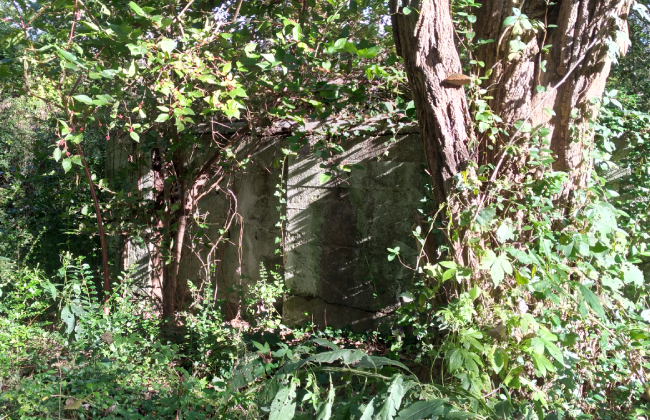
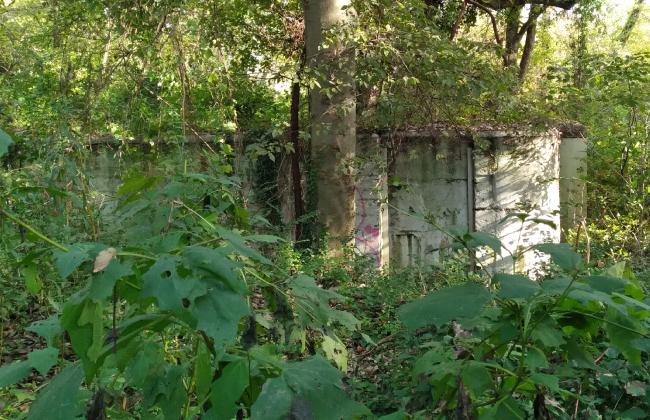
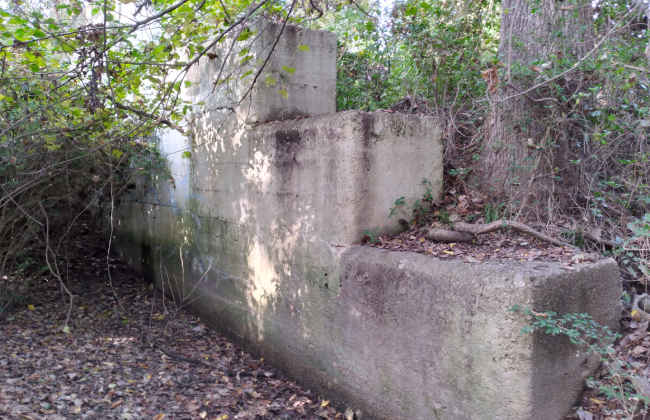
What are we doing to help?
JRA and Capital Trees are the steward organizations at Chapel Island and have been leading restoration efforts there since 2014! Thanks to many dedicated volunteers, we have seen a difference in the areas we’ve been caring for over the years. The photos below show what it’s like to walk along a path lined in Privet, areas that were recently cleared of Privet, and a photo of an area that has been without Privet for a few years and filling in with native species.
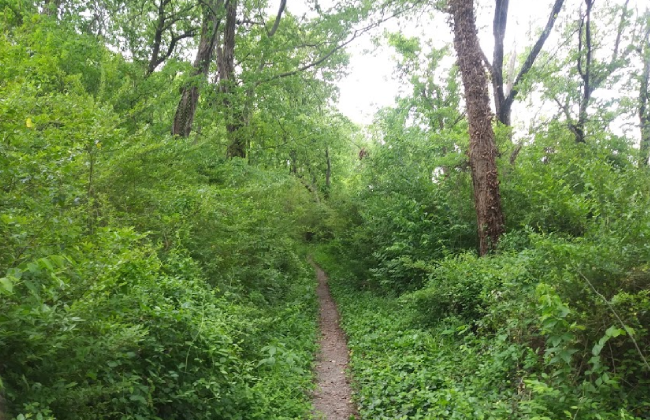
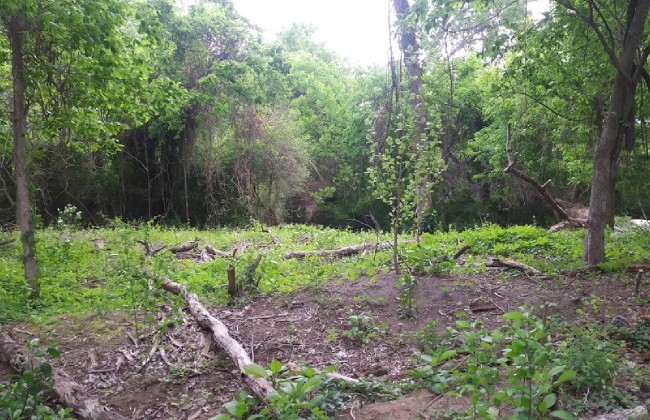
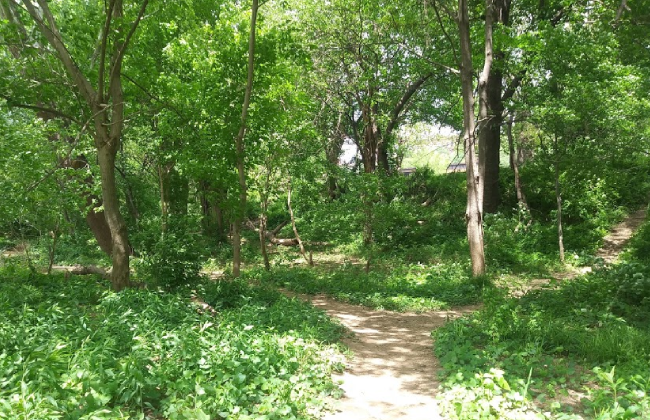
While we have made great progress on the eastern tip of the island, we have a long way to go! Thanks to a Dupont Clear into the Future grant, we are partnering with Virginia Forestry and Wildlife Group (VFWG) to put a big dent in that Privet this fall with a goal of ~4 acres to be restored. In mid-October, VFWG has started removing invasive shrubs and should be complete with this portion of the project by the ended of November 2020.
Thanks to a Virginia Department of Forestry – Trees for Clean Water grant, and the help of volunteers, JRA was able to plant 480 native understory trees and shrubs in April 2021. We used a mix of bareroot seedlings and container plants. The preliminary list of native species to be planted include Paw Paw, Hornbeam, Redbud, Red Maple, Sycamore, Poplar, Willow Oak, River Birch, Black Cherry, Elderberry, and Spicebush.
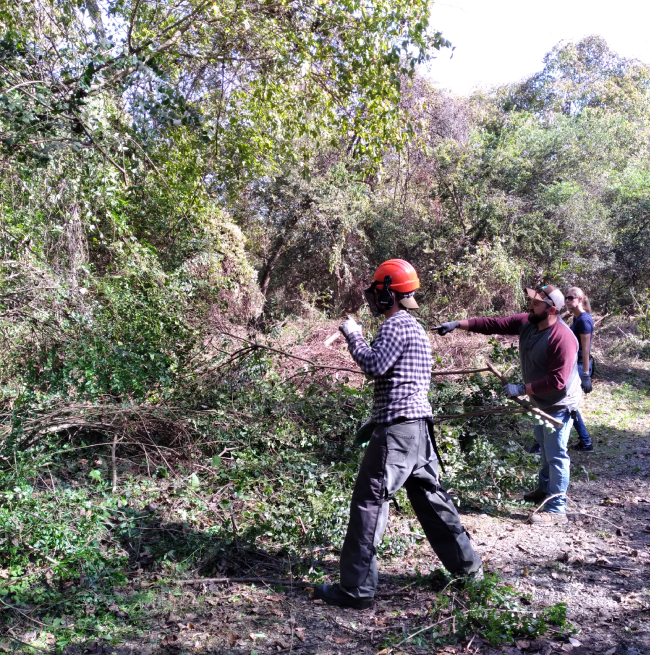
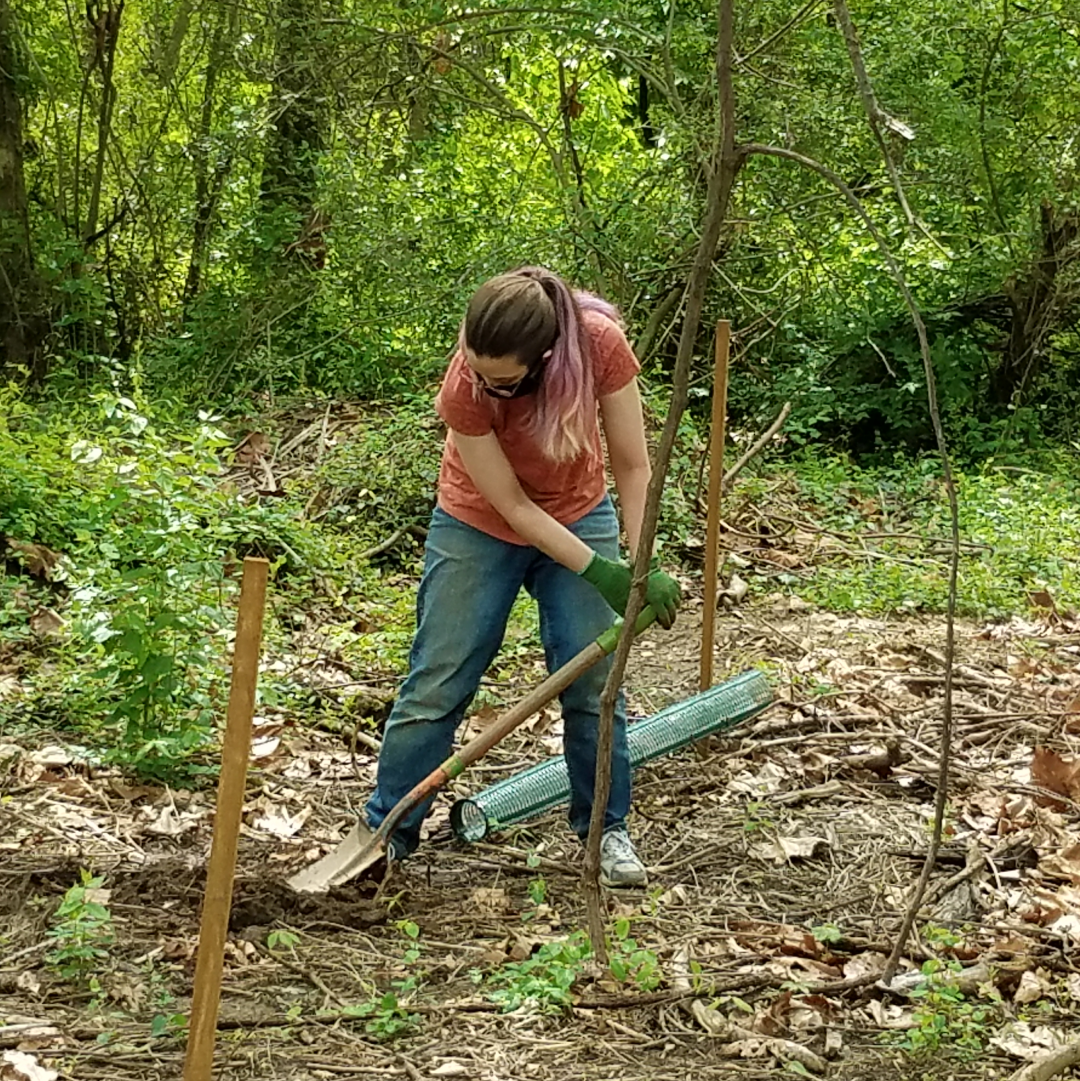
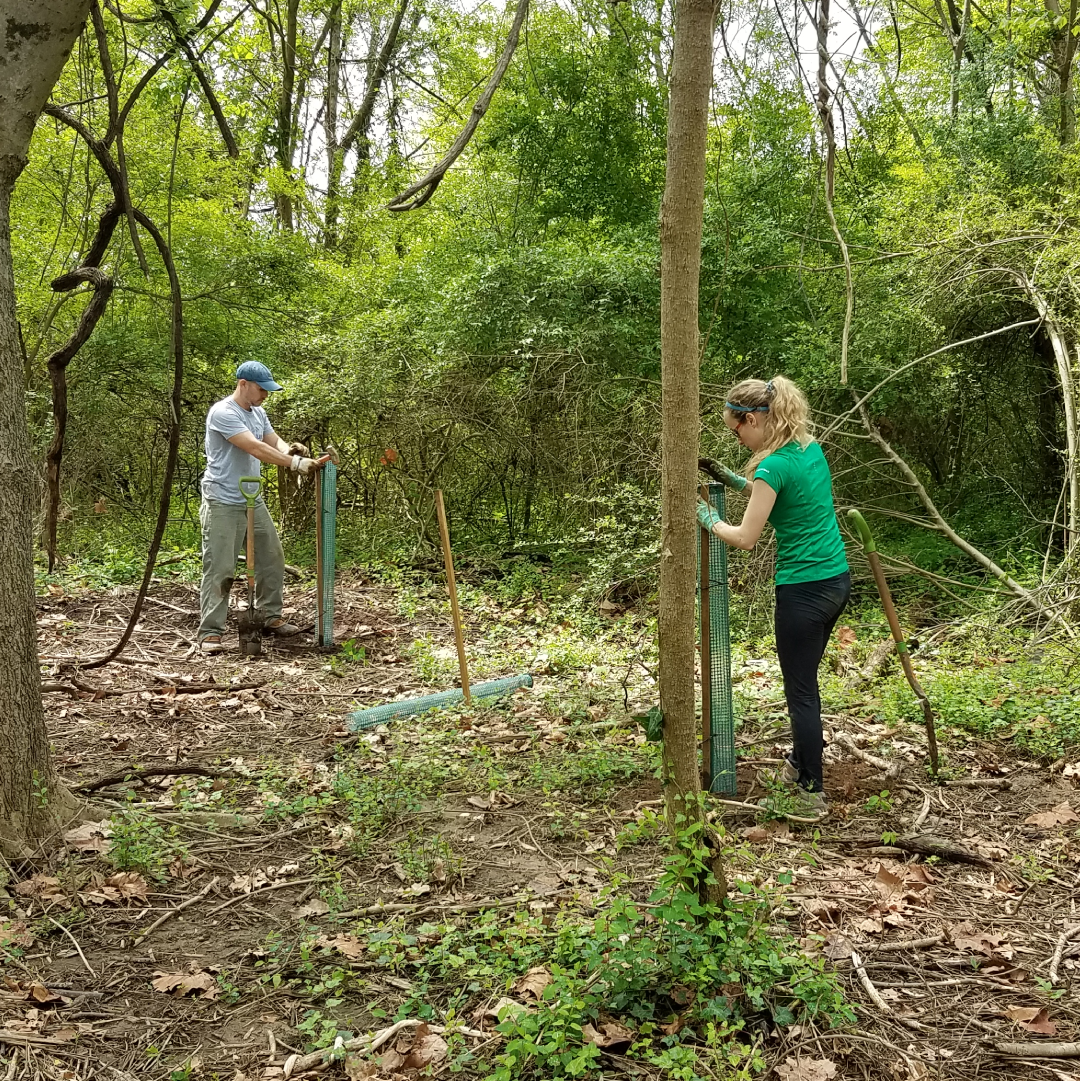
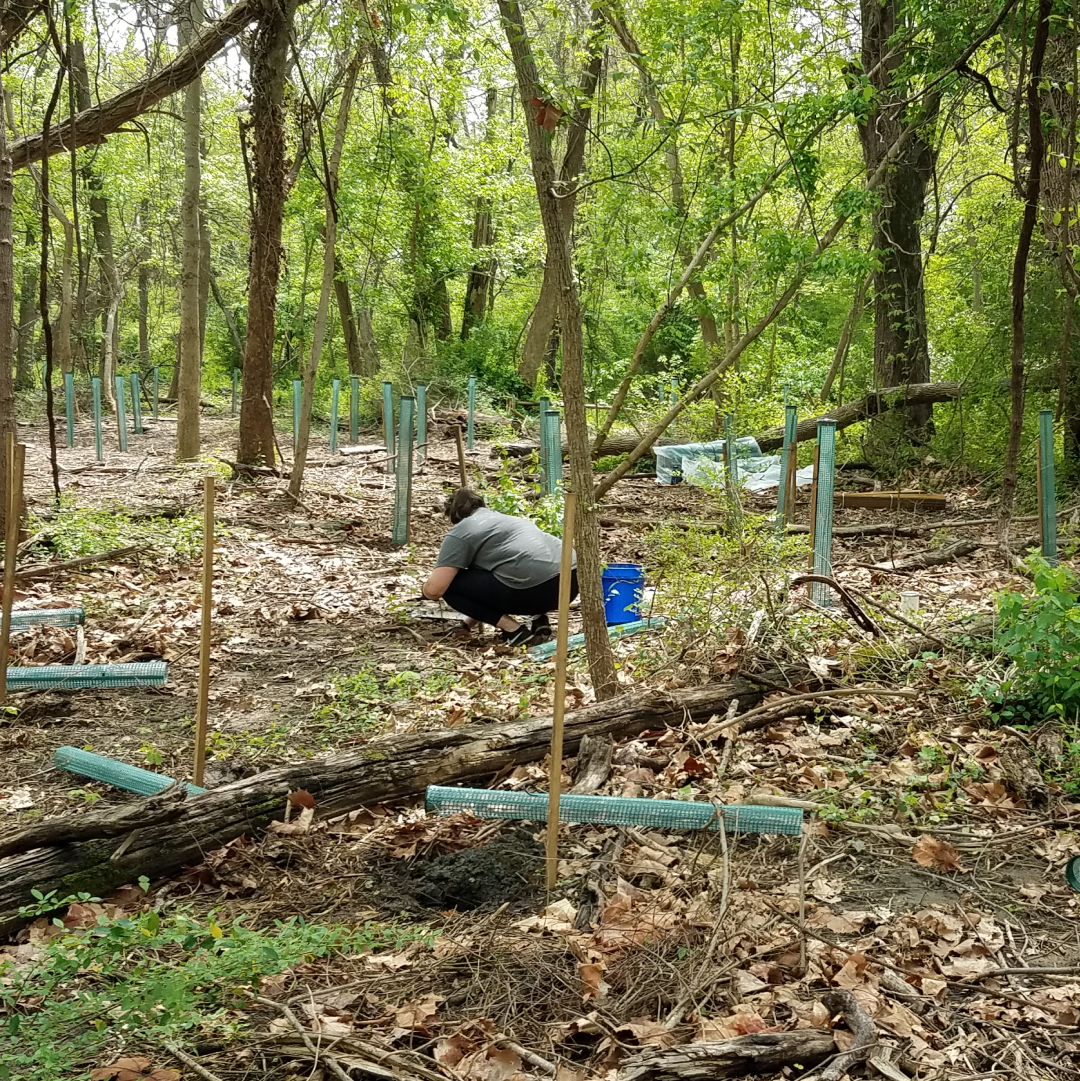
Thanks to the following for their support of this project!


